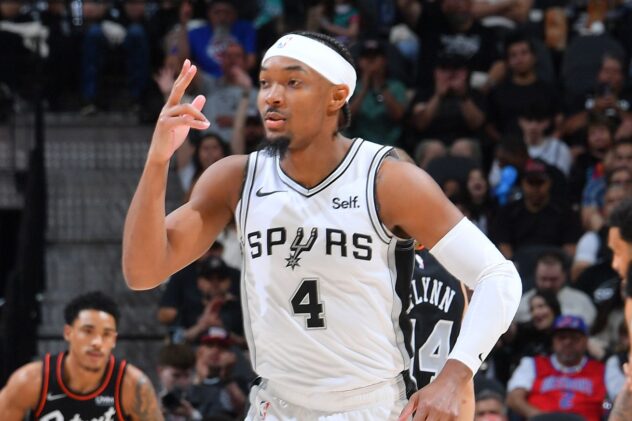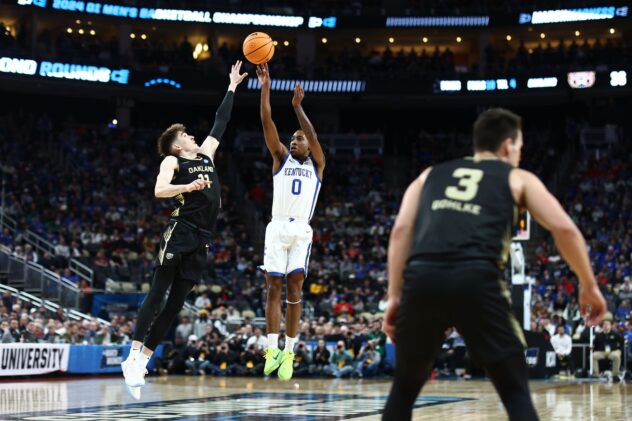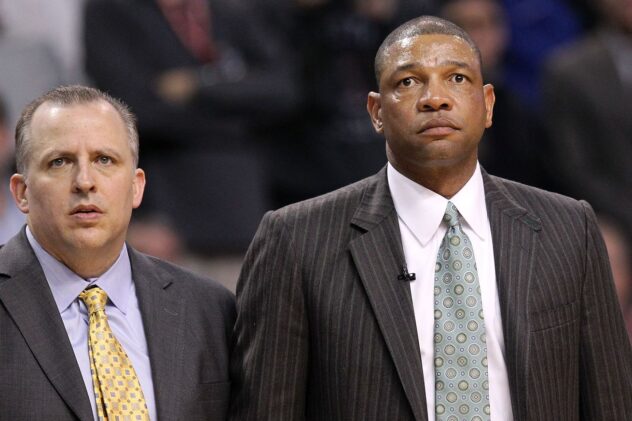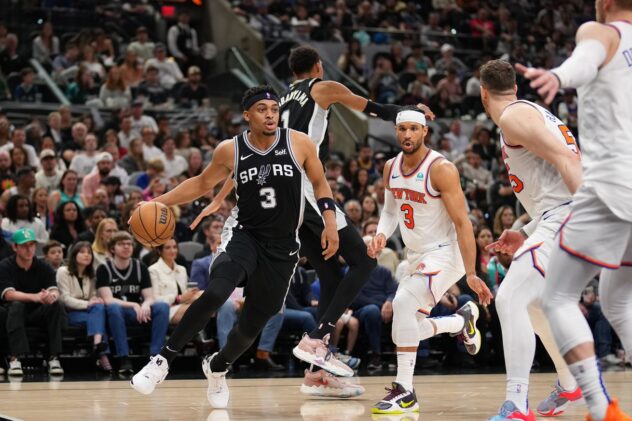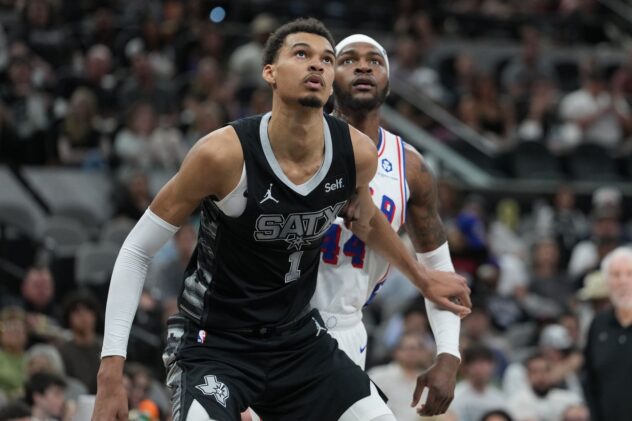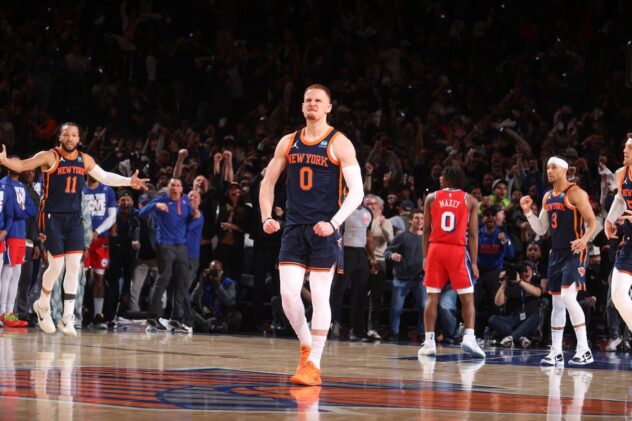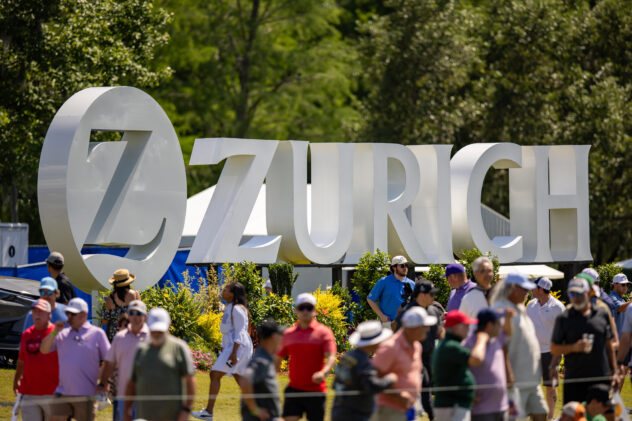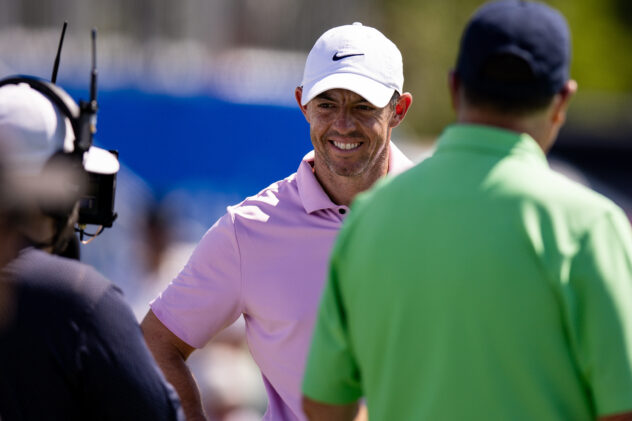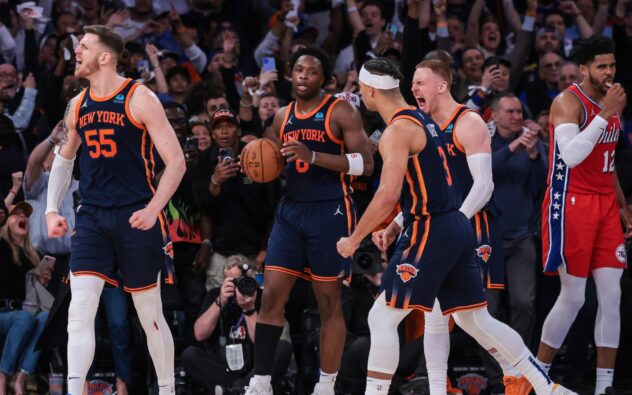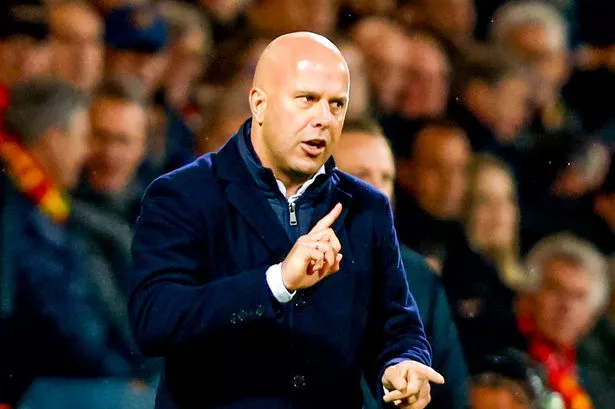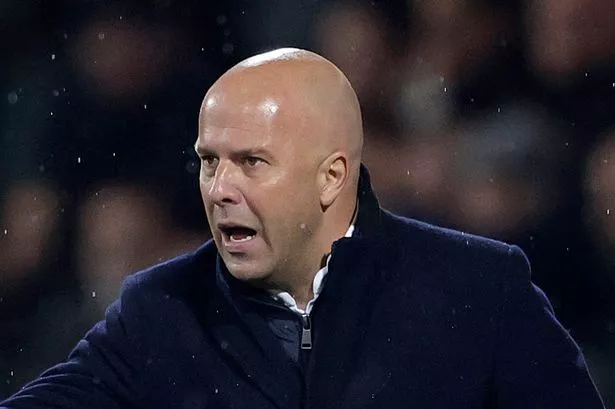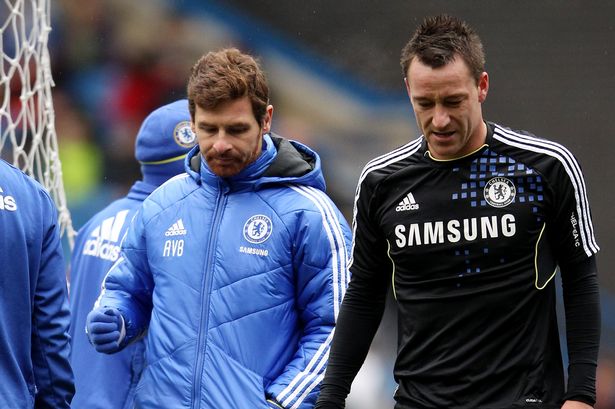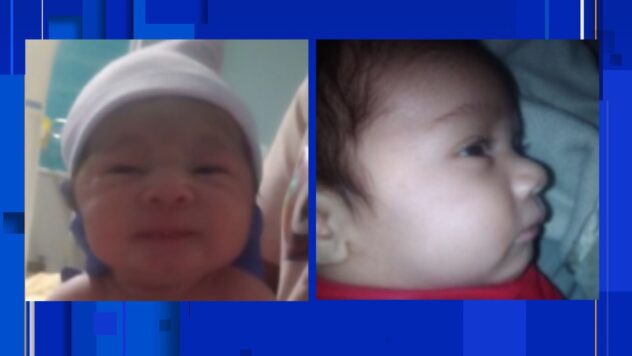The Spurs’ defense is in danger of being mediocre
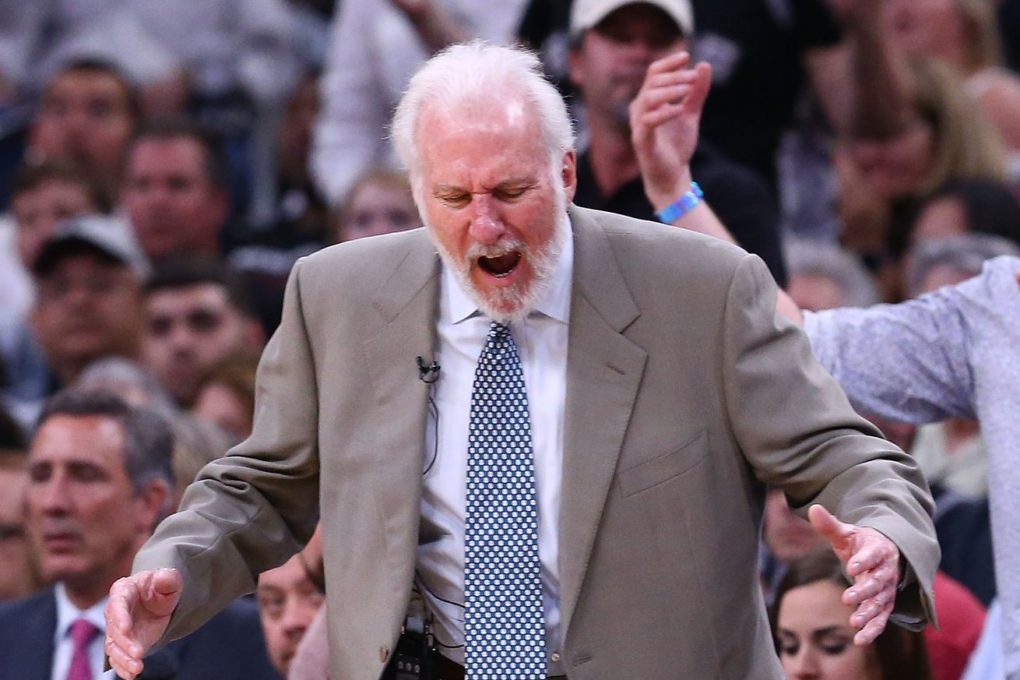
A lack of length on the perimeter, athleticism up front, and discipline all around could result in a serious defensive dive for San Antonio.
It’s never a good idea to doubt Gregg Popovich’s ability to build a good defense, even with subpar personnel. He’s done it before. But this year, he really has his work cut out for him.
The roster is clearly flawed. In a lot of ways, it’s eerily reminiscent of the 2011 squad. There’s a notorious lack of length on the perimeter, older big men will have share the court with undersized power forwards, and there’s a young foreign center who might be able to help but probably doesn’t have Pop’s trust yet.
The 2011 team won a lot, but it ranked 11th in defensive rating. I wouldn’t be surprised if this iteration finished next season closer to that mark than the fourth-place finish from last season.
The Spurs severely lack defensive playmakers on their roster
The Spurs lost a lot of disruptiveness at the wing. Kyle Anderson averaged over two steals per 36 minutes, an elite mark last season. Kawhi Leonard ranks third in steals per game among active players. Those two, plus Danny Green also averaged over a block per 36 minutes. The Spurs were actually getting rim protection from the wing. All that production is gone and the incoming players aren’t likely to replace it.
Marco Belinelli averages under one steal and 0.1 blocks for his career and DeMar DeRozan averages 1.1 and 0.3 — dreadful marks. Rudy Gay will get more minutes and he averaged 1.3 and 1.1 last season, similar to Green on steals but worse on blocks. Manu was always good at getting steals, but he declined precipitously last season. Who knows if Lonnie Walker or Derrick White will get minutes. Bryn Forbes has a total of 29 steals and two blocks in his NBA career.
Over the past couple of seasons length on the perimeter was one of the Spurs’ strengths. They ranked in the top 10 in steals and the top three in blocks per game, respectively, for the past three seasons (pace adjusted) in no small part because they had wings who could disrupt the opponent’s attack and stop offenses at the rim. That’s no longer the case.
There’s not a lot of athleticism inside to make up for it, either. Jakob Poeltl, LaMarcus Aldridge and Pau Gasol don’t get steals at a high rate. They ranked 47th, 41st and 55th, respectively, in steal rate among big men who played 1,000 minutes last season. Bertans and Cunningham were similarly mediocre among their peers, ranking 41 and 43, respectively, among forwards using the same parameters. The two also haven’t regularly shown that they have active hands or the mobility to anticipate and disrupt plays.
But shot blocking from the five spot should be a strength, as Poeltl is elite in terms of block percentage, Gasol is above average and Aldridge is decent. Yet all three do better when they get to stay near the paint instead of being asked to cover a lot of ground. For example, when Aldridge plays next to Gasol, his shot blocking takes a huge hit. All three are better off playing center. Ideally, only one will be on the court at a time, so compounding their numbers makes little sense.
The Spurs will very likely get fewer steals. They might get fewer blocks as well, unless Pop plays a lot of two-big lineups, which would probably muck up an offense that will struggle to create enough space to work, even when a stretch power forward shares the court. San Antonio’s ability to consistently make plays on defense looks prepped to take a season-long siesta.
Playing conservatively enough to make up for its faults may force the roster to play with discipline beyond its years
Of course, steals and blocks are not a requirement for a good defense. A big reason why the Spurs were good last year is because they were great at chasing people off the three-point line (fourth fewest allowed threes) while also doing a good job of limiting shots at the rim (10th in attempts allowed within five feet). They made opponents miss close to the basket (seventh in allowed field goal percentage) without fouling (fifth in opponent free throw attempt rate) by simply surrendering low efficiency looks from mid-range. The discipline to execute the system was arguably far more important than any individual skill.
/cdn.vox-cdn.com/uploads/chorus_asset/file/11933995/Opponent_shooting.jpeg)
Yet even with a roster filled with disciplined players , the Spurs’ armor had some chinks last season. San Antonio was extremely lucky that its opponents shot one of the lowest percentages in the league on wide open threes. A lot of those probably came from the left corner, where opponents shot a league-worse 32.5 percent. If the Spurs hadn’t gotteb lucky on those, their three-point shooting defense would look much worse. They need to try to clean that up.
It’s unlikely that will happen with this new roster. The incoming perimeter players all have bad defensive three-point percentage allowed numbers, meaning opponents shot above their average when they were the closest player contesting. That’s not the most reliable of stats, but is worth mentioning, since it jives with the fact that Belinelli (27th percentile in spot up defense) and DeRozan (31st percentile on spot up defender) lack the length —and at times the effort— to close out with purpose.
That’s just an example of how fragile even the things a team does well can be. There are others. Poeltl, for example, is a little more foul prone that the typical Spurs big. Will he be able to adhere to a core tenant of San Antonio’s defense and not send opponents to the line a lot? It’s unclear. Since the Spurs won’t be disruptive on defense, they have to do the little things perfectly, which seems a big ask for this roster.
The Spurs could still be decent on defense; they’re just not likely to be very good
Since an aggressive defensive scheme seems out of the question, the Spurs will have no option but to double down on their already conservative approach. Centers will likely continue to drop back on pick and roll coverage. Gay, Cunningham and Bertans will switch ball screens and crowd ball handlers to force them to drive. Players guarding shooters will stay close to their men or will run them off the line even if it means allowing the drive. A big man will likely be on the court at all times, to provide some rim protection and secure boards. Mid-range jumpers and floaters will be available for opponents.
It’s a type of system designed to puzzle disorganized offenses that settle for bad shots and lack elite individual talent. And it has worked in the past. Whether it will work now —with the West boasting arguably 13 teams that could make the playoffs— is tough to say. The Spurs have two very good defenders to bookmark their best defensive lineups in Dejounte Murray and Poeltl, but they are young. There are no other players on the roster with a high defensive upside, and a few have real issues on that end. It will take perfect execution, sharp focus and consistent effort just to be good on defense.
If someone could coax that out of an inadequate personnel, it’s Gregg Popovich. He has done wonders with flawed defenders before. But his influence only goes so far. An elite defense requires elite defensive talent, and that’s something the Spurs don’t seem to have.
Source: Pounding The Rock

